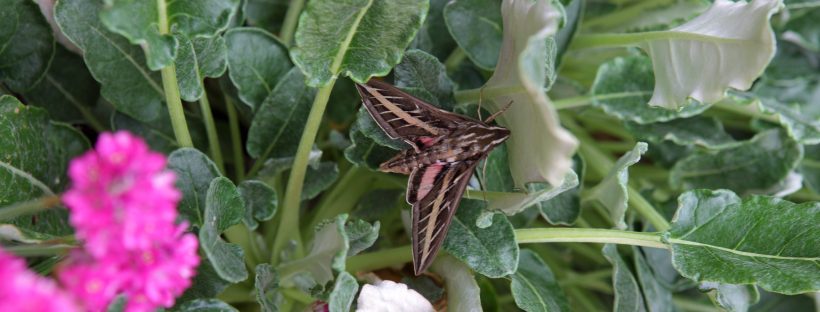The same choices that save us time, money and water at home can also set our kids up for success at school. Many of the problems students face are amplified by the built environment, and they can be mitigated by the addition of lush and leafy garden space. In addition to providing beautiful places to play, teach, and learn, school gardens can:

Reduce Asthma and allergies: Sustainable landscapes reduce the incidence of asthma and allergies, which can be visible in school nurse visits and attendance.
Improve Concentration: Visual and experiential access to verdant landscapes have been shown to reduce ADHD, increase focus and concentration, and facilitate stress resilience, even in those already experiencing PTSD.
Facilitate Play and Activity: Studies show garden renovation alone increases play and activity levels, but the type of playspace also matters. Children have experienced heat exhaustion playing on synthetic turf installed to save water at other LAUSD schools. In contrast with synthetics and other hardscape options, native landscapes cool spaces for play and introduce no toxins.
Reduce Obesity: In addition to increasing activity levels, the combination of edible gardens and nutrition-related curriculum increases children’s preference for healthy foods while increasing the availability of those foods.
Reduce Conflict: Green landscaping at schools has been tied to reduced vandalism, theft, and other crimes. It has also been shown to lessen in-classroom conflicts between students and teachers and between students. (Summary)
While verdant, natural space has been shown to benefit all people regardless of ages and incomes, there is evidence its impact is greater in low-income areas. Likewise, improvements to school spaces are more impactful than those in other community spaces or private gardens.
If you would like to help your school start a gardening program, there are great resources here in California! See: How to Start a School Garden, Let’s Move School Garden Checklist, and LA’s Best/Theodore Payne Foundation.



